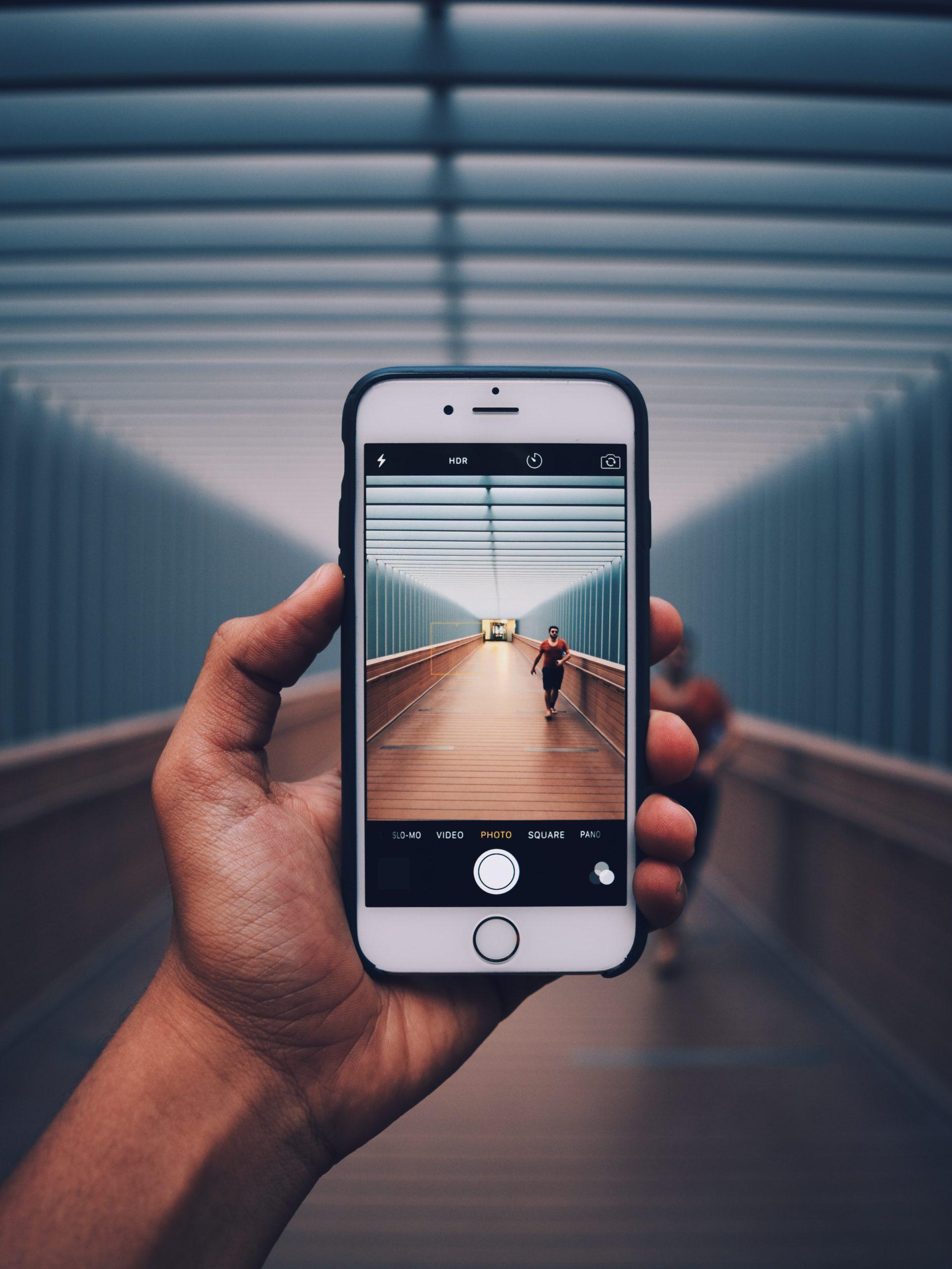Small Businesses Need A Good Logo
It’s critical to understand that your small business need a logo and the website is not your brand. Brands are the result of people’s experiences, perceptions, and reputations about your business. As a result of branding, you take action to build your brand (strategies).
A brand identity represents your brand in tangible form (logo, typography, colours, etc.).
Best Logo Design, however, that your company logo is extremely significant because it conveys ownership, quality, and values. Your customers will see it on your products, your business card, your website, social media, and most importantly, in their minds.
Logos are often one of the first interactions people have with your company. They provide you with the opportunity to make a lasting impression, convey the quality of your services, and display the vision of your company.
What are the different types of logos?
As a brand, your logo is the collection of all your marks. Logos can be categorized into five types. As an example, FedEx and Coca-Cola are wordmarks that consist of just one word or a combination of words. Lettermarks consist of a single letter or abbreviation: Think Chanel’s two Cs or Adobe’s A. An example would be the Nike swoosh or the Apple logo for Mac products.
In addition, there is the emblem, which is typically a wordmark, lettermark, or logomark that is integral to the design, such as Harley-Davidson Motor Cycles or the NHL logo. As a last type, we have the combination mark, which contains both a symbol and a wordmark.
We created our business logo as a combination mark since Design Powers is a small business with no instant brand recognition. In addition, social media icons and favicons can be used and the wordmark can be used everywhere else.
How can a logo be made better?
It is imperative to have a logo that aligns and feels appropriate for your industry or service. Professional services businesses (in contrast to product-based businesses) usually benefit from simplicity. Our clients often simply need wordmarks or typographical logos because that is all they really need.
This creates brand loyalty and differentiates you from others. Exactly how? Meaning is embedded within it. What’s the reason? A brand is built around a business’s beliefs, core values, mission, and vision. You want your brand to be remembered and talked about, not your logo.
Unless you’re a graphic designer (or someone with a keen eye for design), no one pays attention to your logo. Customer experience and what your brand stands for are what really matter to people. There is more to effective design than just looking professional.
What are the benefits of having a logo for your business?
By validating your professionalism, a well-designed logo builds trust and encourages people to stick with you.
It tells potential clients what you do, who you are, and why they should choose you. With it, you communicate to people who have no prior knowledge of or experience with your business that you are a great company.
It is inevitable that people will question your ability to deliver products and services if your logo looks unprofessional. Are you the kind of person who decides a decision based on how a company looks or whether they seem credible? Poor design makes people leave and people make snap judgments.
Ensure consumers remember your brand with a strong logo, and cultivate positive associations with your brand. People’s emotions and memories are deepened by logos.
For example, let’s look at Nike. Swozes are just swooshes. We connect with that symbol because running makes the world a better place. As a result of that powerful idea, their logo effectively communicates their brand, which empowers them to grow their business. It is expected that your business’ logo will also evolve over time and with consistent brand marketing.
Don’t skimp on your logo design. Consumers are more likely to trust you if you have credibility.
What are the steps to creating a high-quality logo?
To connect with your audience quickly, your small business logo must be clear and easy to understand. Your logo should be simple enough to work on multiple media platforms and be effective no matter what size it is.
Small businesses don’t have the brand recognition or marketing budgets of large companies that consumers often associate with them. A logo should communicate your brand’s identity quickly and clearly.
When it comes to boiling your brand down to a single mark, there are many factors to consider. There are only three things that make a memorable small business logo: effective typography, simple colors, and an eye-catching visual element. Logos tend to be designed with bold colors and simplicity, but not all.

Choosing typography that reflects Logo
Designing a logo and brand begins with the selection of typefaces and how they are arranged, just as it begins with the use of color, images, or graphics. In what way? A word’s appearance influences how people feel based on what it means.
An emotional connection is triggered when a brand is strong. Optimism, trust, and interest should be promoted through typography. Such feelings can be evoked through typography without people even being aware that they are being evoked.
Typography conveys a person’s personality and tone of voice. Whether it’s elegant, traditional, whimsical or modern, choose typography that reflects what your company stands for.
In the same way that furniture is aesthetically pleasing and functional at the same time, typography should be as well. User experience is influenced by your choice of typography.
Clarify and legibly display your company’s name. Your logo may appear on screens, business cards, letterheads, signage, and packaging, among other things. In addition to being readable from a distance, it must also be readable up close. Ensure your typography is balanced with your logo’s graphic elements.
Is my typography effective in terms of representation, communication, and visual appeal? A rebrand may be in order if your answer is not yes.
Make a wise choice of colours for Logo
In addition to determining how your logo is perceived, colour can also influence the decision to purchase. Colors trigger emotions and convey meaning. Colour can increase brand recognition by up to 80% when used consistently across your marketing.
It is wise to consider your industry and target market when choosing colours. Certain industries tend to stick to certain colors. Blue communicates security and reliability, which is why financial institutions tend to use it. Trust is promoted by brands using blue.
Choose the color(s) that will appeal to the consumer’s feelings and encourage the consumer to take the desired action. Considering human psychology, culture, trends, and context are important.
Colors should tell a story about your brand. To avoid being confused with others in your industry, it should communicate your values.
There are usually fewer than three main colors used by the most powerful brands. Besides gradients, they also use solid colors. When you view color on screen, don’t forget that it looks different when printed. Verify that your colors can be reproduced accurately (Pantone, CMYK, RGB, Hex).
Make use of an iconic Logo element
Typography creates an image in someone’s mind even though 72% of the most popular brand names are composed of words or acronyms. Icons, symbols, and graphic elements can be used in the same way.
Making your logo memorable requires a visual element. To be remembered and formed into an opinion, it must grab the attention of consumers for at least 10 seconds.
Crystal Xone creates this by modifying text or adding an illustrated icon that can be used on its own. Be sure to use original artwork instead of clip art. As a result of consistent use and a long-term association, a visual association will be established.






